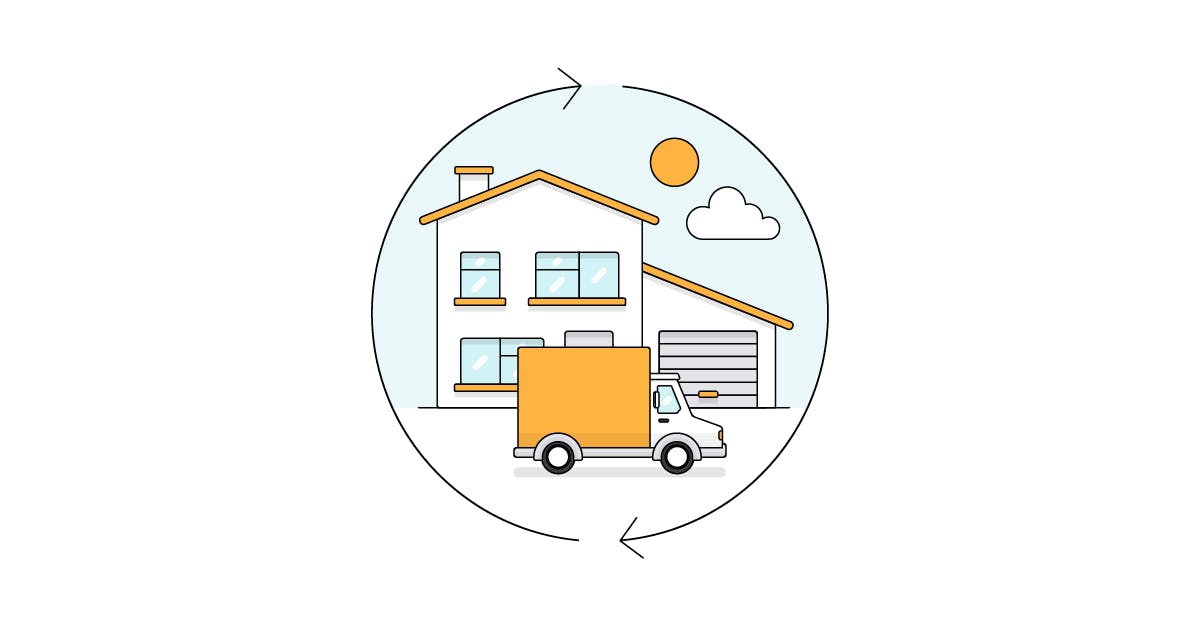The high volume and cost of customer returns and how to deal with it is considered one of the biggest issues currently facing online retailers.
Ever since pureplay ecommerce retailers like Asos and Amazon blazed a trail by offering quick, easy and free returns and refunds of goods, a returns epidemic seems to have been unleashed with customers returning purchases by the shedload. Headlines and studies have frequently bemoaned the high cost of these returns to retailers (both in terms of lost resale value and in terms of operational costs) and the proliferation of ‘serial returners’, whose only purpose seems to be to take ecommerce companies for a ride by returning the majority of what they buy.
Social media seems to have exacerbated the situation, giving rise to ‘wardrobing’ and the ‘snap and send back’ phenomenon where customers buy outfits for the sake of one post and then return them. Now, the very same ecommerce companies who unleashed the returns-pocalypse on society are suffering the most from it, and have begun taking actions to penalise the worst offenders.
Should ordinary companies follow suit? For ecommerce retailers, faced with a bewildering array of differing advice on how to tackle returns, it can be difficult to know where to start. So, we’ve rounded up the definitive list of sound, common sense tips on the best way to approach returns – and many of them might not be what you’re expecting.
We also spoke to two experts: Charlotte Monk-Chipman, Marketing Director at Rebound Returns, who spoke about why retailers should create the best possible customer experience around returns instead of trying to deter customers from returning goods; and Sarah McVittie, co-founder of Dressipi, who explained how personalisation can aid retailers in finding the right products for customers from the get-go.
Here are 16 ways that retailers can improve their approach to handling returns, complete with examples of how brands are putting these tips into practice.

